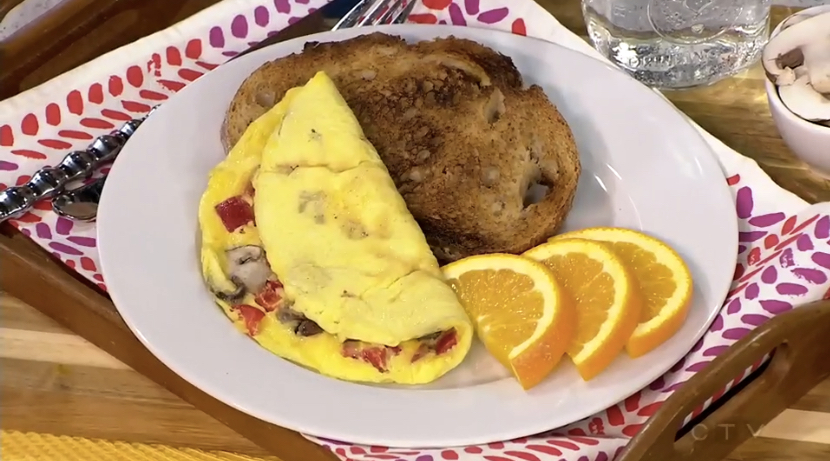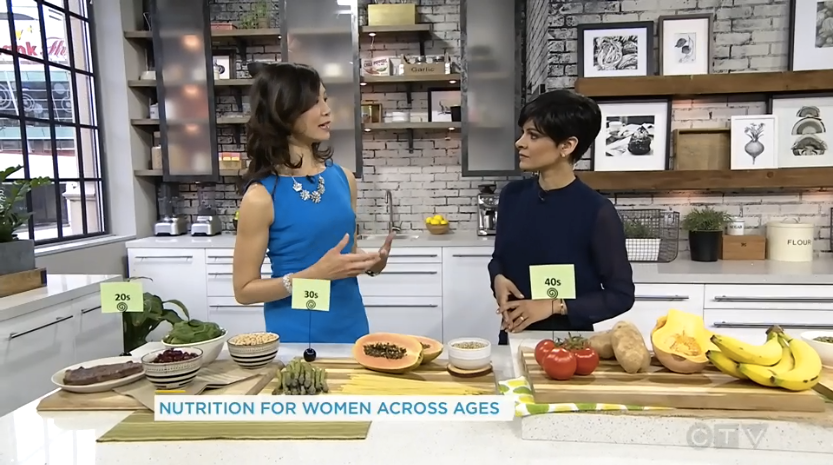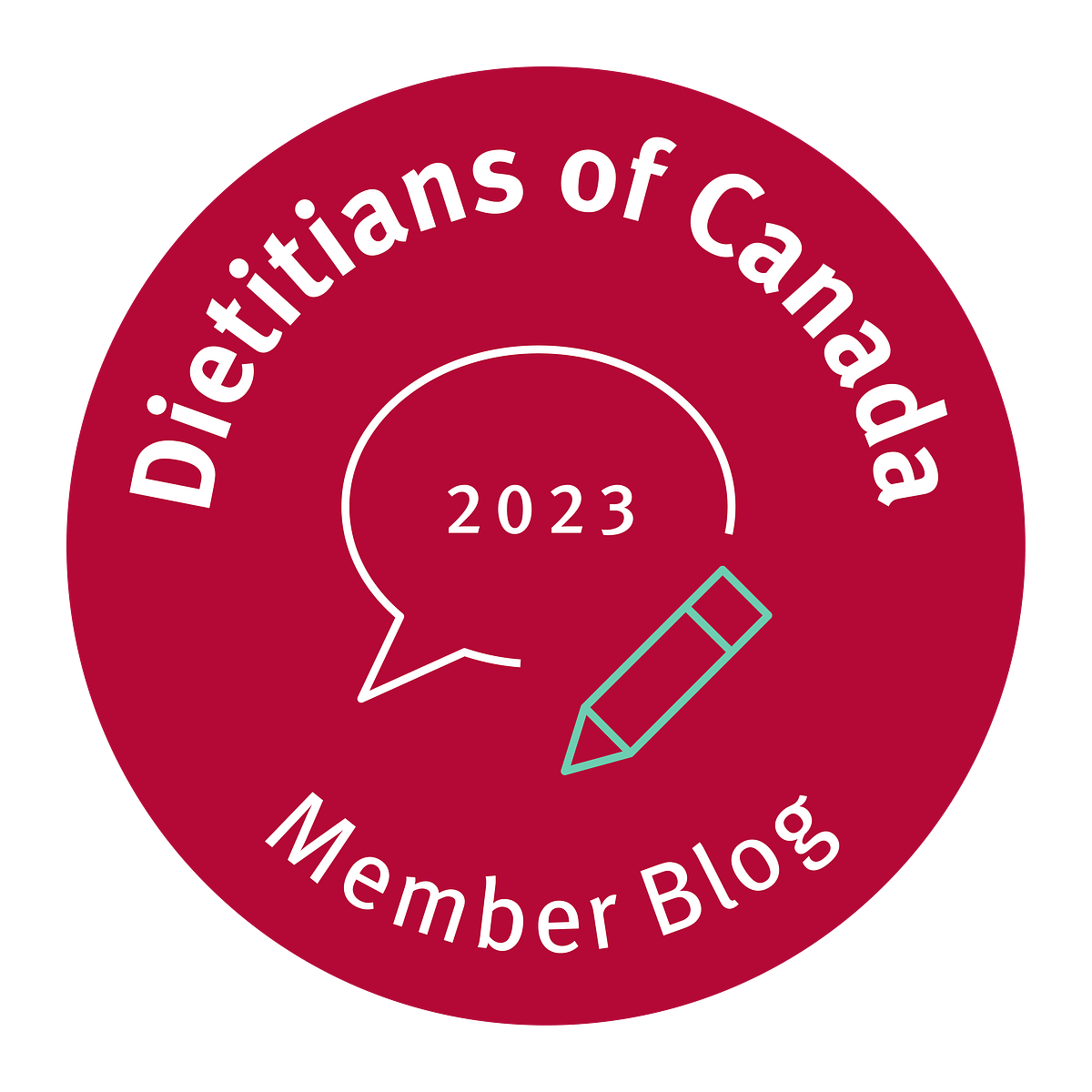
This year marked the 150th anniversary of SIAL – North America’s largest food innovation show! We were there and here’s what caught our eye!
Quinoa still going strong
Making its foray into the baby / toddler food market, Bio-Kinetics introduced an organic Sprouted Whole Grain Quinoa Baby Cereal. Millennial moms will be pleased with the clean ingredient deck (nothing but quinoa). Also in this line-up are sprouted oats and sprouted buckwheat cereal. #GetKidsHookedOnQuinoaEarly
 .
.
Building on the convenience trend, France-based Sabarot showcased Le Petit Quinoa, a ready-to-slice roll of quinoa – really! Recognized as a top 10 finalist for the SIAL Grand Award, the product can be sliced, grilled, fried and used in a variety of dishes. #ConvenienceMeetsHealthy

The Millennial Market
It was the name of the exhibitor booth – “Millennial Foods Inc.” – that made me stop in my tracks! Quebec-based founder Simon Letendre created a “North Americanized” version of bubble tea. Instead of using tapioca, the tea is made with Mubbles – which stands for “Molecular Bubbles” and are essentially tiny fruit juice bubbles made via a molecular spherification process. Mubbles are packaged in a small container, much like a fruit cup and can also be used in drinks, salads and desserts. #InterestingButALittleTooSweetForMe

Healthy Snacks
Innovation often starts in the home or farm kitchen. This is true for Spokes – air-puffed potato snacks, shaped like bike spokes, with 40 calories per cup and no preservatives. Created by Calgarian #SeniorEntrepreneur Elaine Cadrin, Spokes is geared to millennials. “The millennial mom is our target,” says Mike Cadrin, Senior Sales Director and proud son, “They’re looking for a super clean ingredient deck and want something special and unique.” #LovedTheMangoHabaneroFlavour

Another one of our favourite snacks at the SIAL show were these Crunchy Peas – made by Zak’s Organics, a fourth generation family-run farm in the small community of Fir Mountain, Saskatchewan (where the population is under 500). Inspired by Allen Zak’s own kids, the snacks are made from organic whole green peas and available in four different taste profiles with a new #trendingflavour mango habanero launching next month. #GrownInTheCanadianPrairies

East Meets West
If you’ve never tasted sea vegetables, Acadian Seaplants wants you to try! Hana Tsunomata is a sea plant that’s cultivated in the east coast. It’s available in a trio of colours: pink to represent Japan’s cherry blossoms; green to represent new life; and yellow to represent the chrysanthemum which is the favourite flower of the Japanese royal family. The product must be rehydrated in water for about eight minutes and can be used to add colour and texture to salads, cold noodles or pasta dishes. Holly Reardon, Brand Strategist for the product says food service is their primary market. #SeaVeggie

Sweet Stuff
A Quebec-based company, Great Northern Maple, developed Kombucha Syrup. The ingredients are evaporated cane juice, black tea and kefir cultures. Though the product claims to have probiotics, there is no disclosure of the amount. #DidntWinMeOver

Février 29 was another top 10 finalist for the SIAL Grand Award for it’s fun way to package Maple Syrup. Designed to sit right on the counter, the syrup is packaged in a bag-in-tub container, complete with a spout. And what’s the rationale for the company’s name? February 29 makes every day exceptional, 366 days of the year. #CoolPackaging

Taking the Grand Prize at this year’s SIAL show was Taj Food’s Saffron Sugar Cubes. According to Sap Hariri, Sales Director for the product, the sugar cubes allow consumers to add flavour and sweetness their teas all at once. The sugar cubes are also available in cinnamon and cardamom flavours. #SweetMeetsSpice


























 .
. 







